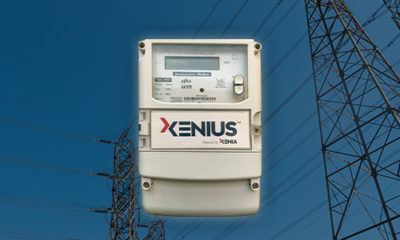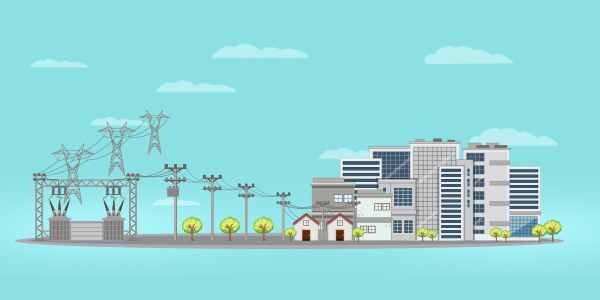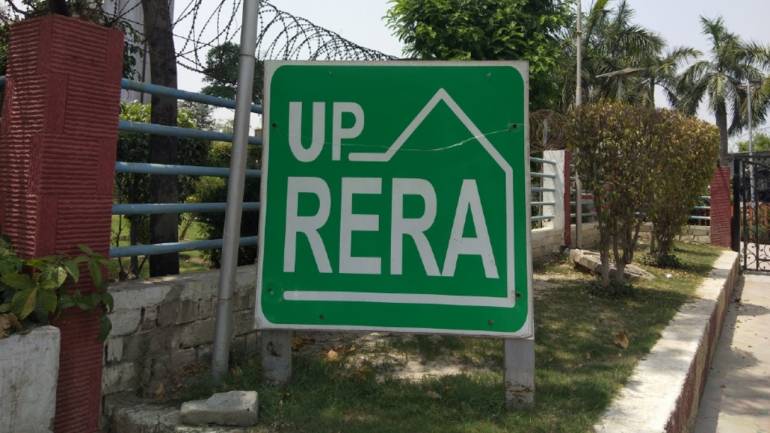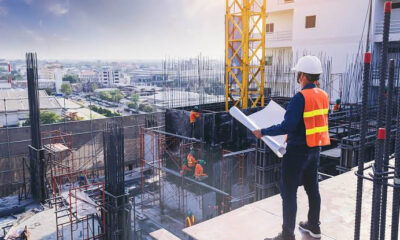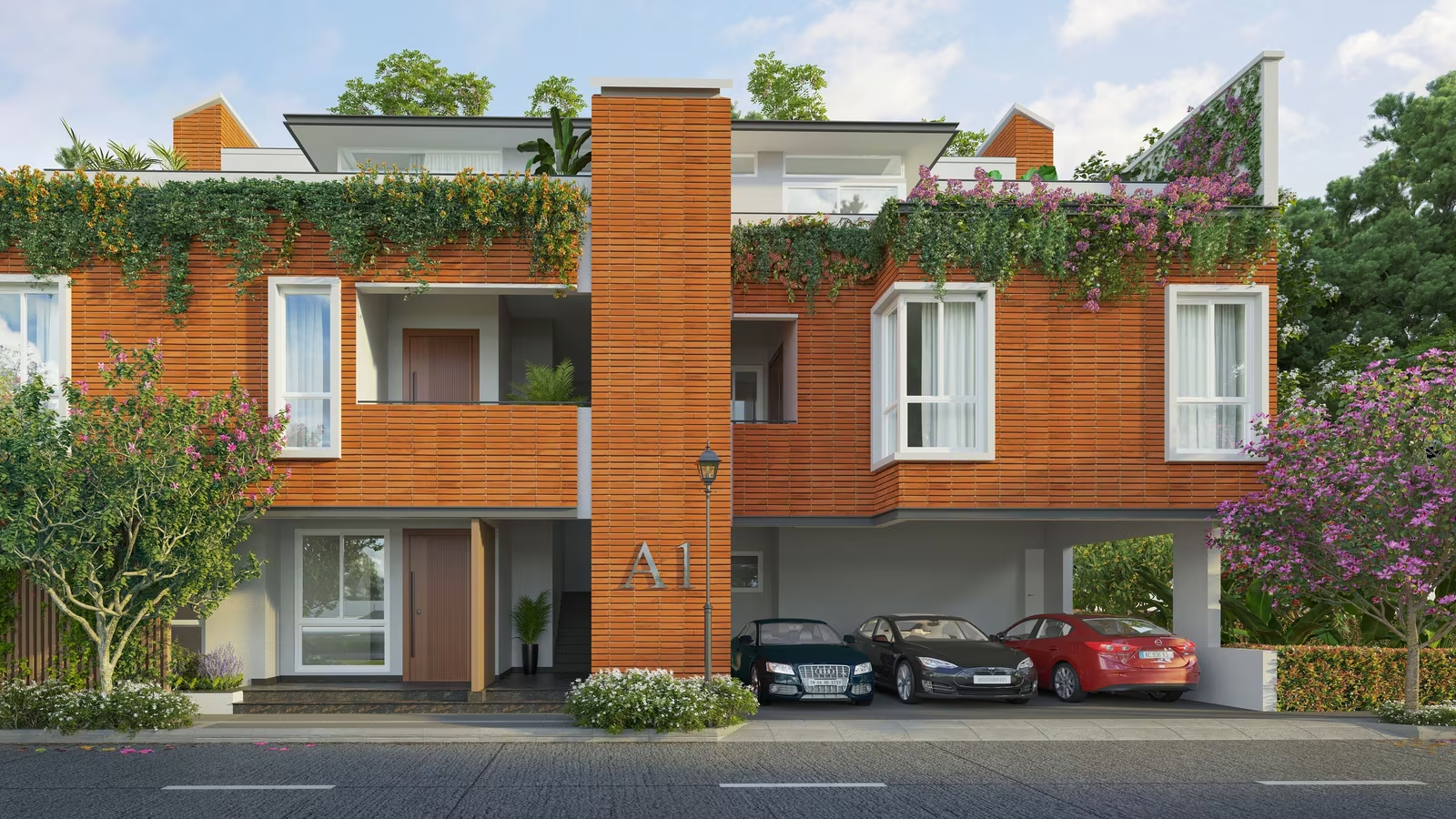News
Multipoint Connection – A Definite Boon
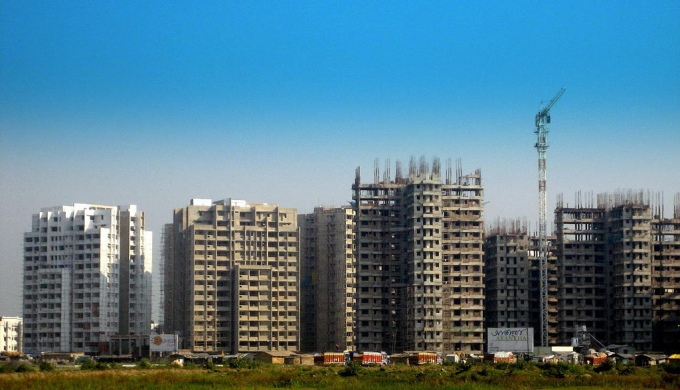

Noida, March 28, 2024: In the 13th amendment to UP Electricity Supply code, UPERC has paved path to do away with single point metering for a specific group of consumers i.e., dwellers of multi-storied complex. These multi storied complex used to have single point connection from DISCOM and the developer/colonizer or Residents Welfare Association (RWA) are considered to be deemed franchisee responsible for upkeep of internal distribution infrastructure, billing and payment collection.
“The 13th Amendment in Electricity Supply Code 2005 issued on 10th Aug 2018 and subsequent clarification issued on 5th August 2020 envisages adoption of Dual Register Energy Meter and associated communication infrastructure, which can effectively utilize the same distribution infrastructure and enable both the electricity distributors to do the billing for their part of supplied electricity”
The Electricity Act 2003 (EA2003) allowed individual / consumers to seek direct connection or single point as per their choice. It has always been the responsibility of the colonizer/RWA to provide uninterrupted supply and hence, they provide back-up power for residents as well as common area using Diesel Generators (DG). Prior to single point, dual infrastructure was deployed and double metering with changeover was done that doubles the cost of deployment of electrical infrastructure apart from other challenges such as encroachment of common area.
With resolution of the above-mentioned issues with Single point metering system, eventually Developer/ RWA started taking advantage and exploited consumers as they had the power of providing connection and disconnection of supply. The consumers are exploited by addition of various charges in electricity tariff, non-transparent billing, clubbing of Common Area Maintenance and other miscellaneous charges too. Electricity being an essential commodity, consumers had no choice but to endure this. This rampant malpractice was highlighted and reported to UPERC.
UPERC took cognizance of such severe consumer related problems along with the challenges of providing direct connection to end consumers and evaluated possibilities of utilization of same electrical infrastructure for the supply of energy from DISCOM as well as colonizer/RWA-owned and operated DG back-up. So, over the same electrical infrastructure of a multi storied society, a Distribution Licensee and a Deemed Franchisee are supplying electricity. The 13th Amendment in Electricity Supply Code 2005 issued on 10th Aug 2018 and subsequent clarification envisages adoption of Dual Register Energy Meter and associated communication infrastructure, which can effectively utilize the same distribution infrastructure and enable both the electricity distributors to do the billing for their part of supplied electricity. Looking at success of pilots done in many DISCOMs and in the interest of consumers, a Suo Motto order was released by UPERC on 17th Aug 2019 mandating multi-point connection for all new societies and conversion of existing single point connections to multi-point.
“Suo Motto order released by UPERC on 5th Aug 2020 mandating Multipoint connection for all new societies and conversion of existing single point connections to Multipoint using Dual Source Dual Register metering arrangement”
Full-scale deployments in area of PVVNL, MVVNL and NPCL validate that the deployed solution is working fully to the satisfaction of consumers, DISCOMs and UPERC. Near real time meter reading and energy audit has been possible now with deployment of such technology. However, despite being a landmark decision on the part of UPERC in getting to a win-win situation for DISCOMs, consumers and builders and availability of such technology solutions, some impediments are being observed in its widespread adoption. “Reality and More” editorial team went into the details of it from multiple perspectives and came up with some findings that can be helpful in its faster and full-scale adoption.
“DISCOMs in Uttar Pradesh are insisting for dual infra for new residential townships which has created extra financial burden on the consumers”
Firstly, despite the clear orders by UPERC, DISCOMs in Uttar Pradesh are insisting for dual infra for new residential townships which has created extra financial burden on the consumers. It’s a fact that double infra will attract additional cost to the tune of 1 lac per dwelling unit plus the profit margin taken by builders. It will not only consume the common area but also leads to increase in maintenance charges of electrical infra thereby putting extra burden on prospective consumers.
Secondly, DISCOMs have reported technical infeasibility of conversion from existing Single Point to Multipoint for some large townships like Jaypee Wishtown (Noida), Crossings Republic and Wave City (Ghaziabad), Ansal Township and Vrindavan Yojana (Lucknow). We took view of retired senior officials of DISCOMs and few electricity distribution experts about the feasibility of conversion of such big townships and possibility of providing multi-point connection. There unanimous simple answer was that, there is no technical challenge as UPERC has given a concept of virtual metering. Considering the case of any such existing township that has mixed load of residential and commercial establishments, the reference meter records energy units of total township. This total energy recorded minus the aggregated consumption of units consumed by residential units can still be billed to the RWA or builder in whose name single point connection has been released. There are many other things than meets the eyes. UPERC needs to undertake a strong view on this too and educate DISCOMs with respect to the clear architecture, approach and technical details that they have already defined for Multipoint implementation. A clear mandate needs to be reiterated to DISCOMs for conversion of all existing societies/townships to Multipoint and sanctioning of all connections to new societies/townships in Multipoint model only.
Third point is related to the important aspect consumer involvement and engagement in existing societies for conversion to Multipoint. Talking to consumers from some such societies, we found that they were not aware of such ruling and conversion to Multipoint in the interest of the consumers, whereas their societies have already written to DISCOMs that 51% members are not interested for conversion and hence they should not be converted to Multipoint. This shows clear malpractice, neglect of consumers interest and a nexus between the Builders/RWA and DISCOMs to avoid conversion in their own vested interests. It is urged that for full transparency all public opinions related to Multipoint conversion in existing societies should be taken on affidavit from consumers and the outcomes should be taken up for final decision instead of an informal malpractice.
Last but not the least, Prepaid Multipoint adoption serves as a revenue assurance and protection system, that helps realize revenue in advance. For a conventional post-paid billing, the billing happens after approx. 30 days, bill gets generated and is delivered to the user in approx. 10 days and the payment period is 15 days, making it a approx. 55 days revenue realization cycle. As compared to this, in Multipoint prepaid billing model, the revenue realization happens in advance. Going by the industry report on Prepaid Metering in India by Deloitte, submitted to ‘Forum of Regulators’ on Pre-paid Meter in December 2011, “the average recharge that shall be available with the DISCOM as advance in terms of days would be 24 days”. Thus, from a approx. 55 days post consumption revenue realization, it becomes a 24 days pre consumption surplus deposit, that can earn interest and help DISCOMs in a big way.
“A clear mandate needs to be reiterated to DISCOMs that where single point connection has been sanctioned prior to 13th amendment but load is yet to be released or where occupancy is yet to come or phased manner development is being done, licensee has to ensure while releasing electrical connection, metering infrastructure and metering system is multipoint compliant and as and when residents opt for multi-point connection, individual connection be given to consumers by charging only meter cost and connection charges. This will save these prospective customers from paying communication infrastructure cost as metering infrastructure and metering system is already multipoint compliant.”
Based on the above findings, it is very clear that an important initiative issued in the form of a Suo Motto order by UPERC is taken up by all stake-holders in the right spirit. With such implementations consumers can reap benefits of uninterrupted power supply at less cost, improved customer satisfaction, Demand Side Management in near real time and saving of scarce natural resources for a developing country like ours and will contribute towards a sustainable future.
“For full transparency all public opinions related to Multipoint conversion in existing societies should be taken on affidavit from consumers instead of an informal malpractice”
“From a approx. 55 days post consumption revenue realization, it becomes a 24 days pre consumption surplus deposit, that can earn interest and help DISCOMs in a big way”
-



 News4 weeks ago
News4 weeks agoKW Delhi 6 Mall Onboards New Brands
-



 News4 weeks ago
News4 weeks agoManasum Senior Living Launches IKIGAI GOA, A Senior Living Community in North Goa, in collaboration with Prescon Homes
-



 News4 weeks ago
News4 weeks agoBridging India Divide: Top 5 Tier- 2 Cities to Focus On
-



 News4 weeks ago
News4 weeks agoCommercial Realty Gets Tech Savvy: Fast Construction, Enhanced Convenience
-



 News3 weeks ago
News3 weeks agoGodrej Properties Sells Rs 3k cr+ Homes of Godrej Zenith, Gurugram, within 3 days
-



 News3 weeks ago
News3 weeks agoRBI’s Status Quo on Key Policy Rates to Help Maintain the Real Estate Growth Momentum, Say Industry Stalwarts
-



 News2 weeks ago
News2 weeks agoOlive Announces Dhruv Kalro as Co-Founder
-



 News1 week ago
News1 week agoNoida’s High-Rise Societies Face Multiple Challenges Despite Rapid Urban Growth







